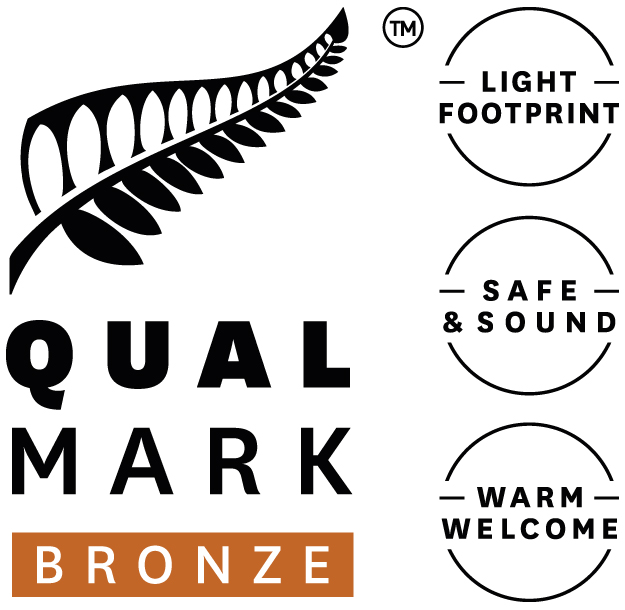The average New Zealand temperature decreases as you travel south. January and February are the warmest months, and July is the coldest month. In summer, the average maximum temperature ranges between 20-30ºC (70-90°F) and in winter between 10-15ºC (50-60°F).
Seasons and Clothing Requirements
As New Zealand lies in the Southern Hemisphere, it has opposite seasons to those living in the northern half of the world.
Summer
December - February
Summer in New Zealand is moderate to hot, with temperatures hovering around 20-30 degrees celsius (70-90°F). In most places you can wear shorts and a t-shirt or singlet during the day, adding a light jumper at night.
Autumn/Fall
March - May
Temperatures during this time are a little cooler than summer but the weather can be excellent. Suitable clothing includes light pants or shorts, and a t-shirt or long-sleeved top. It can cool off at night, so make sure you are prepared with a warm sweater.
Winter
June - August
Winter in New Zealand brings colder weather to much of the country, with snow in the south and rain in the north. You’ll need jeans, long-sleeved tops and coats in most places, and if you are heading into the mountains thermals, gloves and thick sweaters are a must.
Spring
September - November
Spring brings all types – everything from cold, frosty, clear days to sunny and hot. Make sure you are prepared for this all-seasons weather. Jeans are good and layers work well on top, as they can be added and removed depending on what the weather brings.
Four Seasons in One Day
New Zealand weather and temperature can change unexpectedly. Be prepared, especially if you are hiking or doing other outdoor activities.
Sunshine
Most places in New Zealand receive over 2,000 hours of sunshine a year, with the sunniest areas – Bay of Plenty, Hawke’s Bay and Nelson/Marlborough – receiving over 2,350 hours. As New Zealand observes daylight saving, during summer months daylight can last up until 9.30pm. New Zealand experiences relatively little air pollution compared to many other countries, which makes the UV rays in our sunlight very strong.
The sunlight here can quickly burn skin from September to April, especially between 10am and 4pm, even on cloudy days. Be ‘SunSmart’ by using these three simple steps when you go outdoors:
- Stay in the shade whenever possible.
- Wear a shirt, hat and sunglasses.
- Use SPF 30+ sunscreen. Reapply every 2 hours.
Rain
New Zealand’s average rainfall is high and evenly spread throughout the year. Over the northern and central areas of New Zealand more rain falls in winter than in summer, whereas for much of the southern part of New Zealand, winter is the season of least rainfall. As well as producing areas of stunning native forest, the high rainfall makes New Zealand an ideal place for farming and horticulture.
Snow
Snow typically appears during the months of June through October, though cold snaps can occur outside these months. Most snow in New Zealand falls in the mountainous areas, like the Central Plateau in the north, and the Southern Alps in the south. It also falls heavily in inland Canterbury and Otago.







